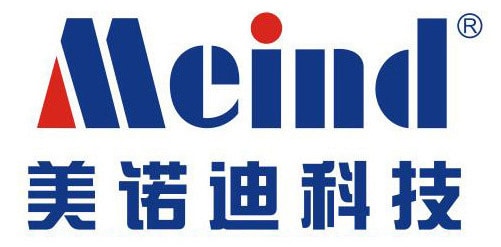Why Do I Need To Convert from DC to AC?
Most cars and motor homes derive their power from battery.
In some cases, a heavy-duty 24V battery might be used.
So it’s important to know your vehicle’s voltage, the voltage rating of the inverter you choise must match the voltage of the battery.
In either case, the battery provides direct current. That means the current flows continuously from the negative terminal of the battery, through the completed circuit and back to the positive terminal of the battery.
The current flow is in one direction only, hence the name direct current.
The ability to provide direct current power is inherent to the nature of battery.
Direct current is very useful, but battery can only provide relatively low-voltage DC power.
Many devices need more power to function properly than DC can provide.
Alternating current or AC, constantly changes polarity, sending current one way through the circuit, then reversing and sending it the other way. It does this very quickly — 60 times per second in most electrical systems.
AC power works very well at high voltages, and can be “stepped up” in voltage by a transformer more easily than DC power can.
An inverter increases the DC current, and then changes it to alternating current before sending it out to power a device. These devices were initially designed to do the opposite — to convert alternating current into direct current.
Since these converters could basically be run in reverse to accomplish the opposite effect, they were called inverters.
Up next, how do inverters invert?
